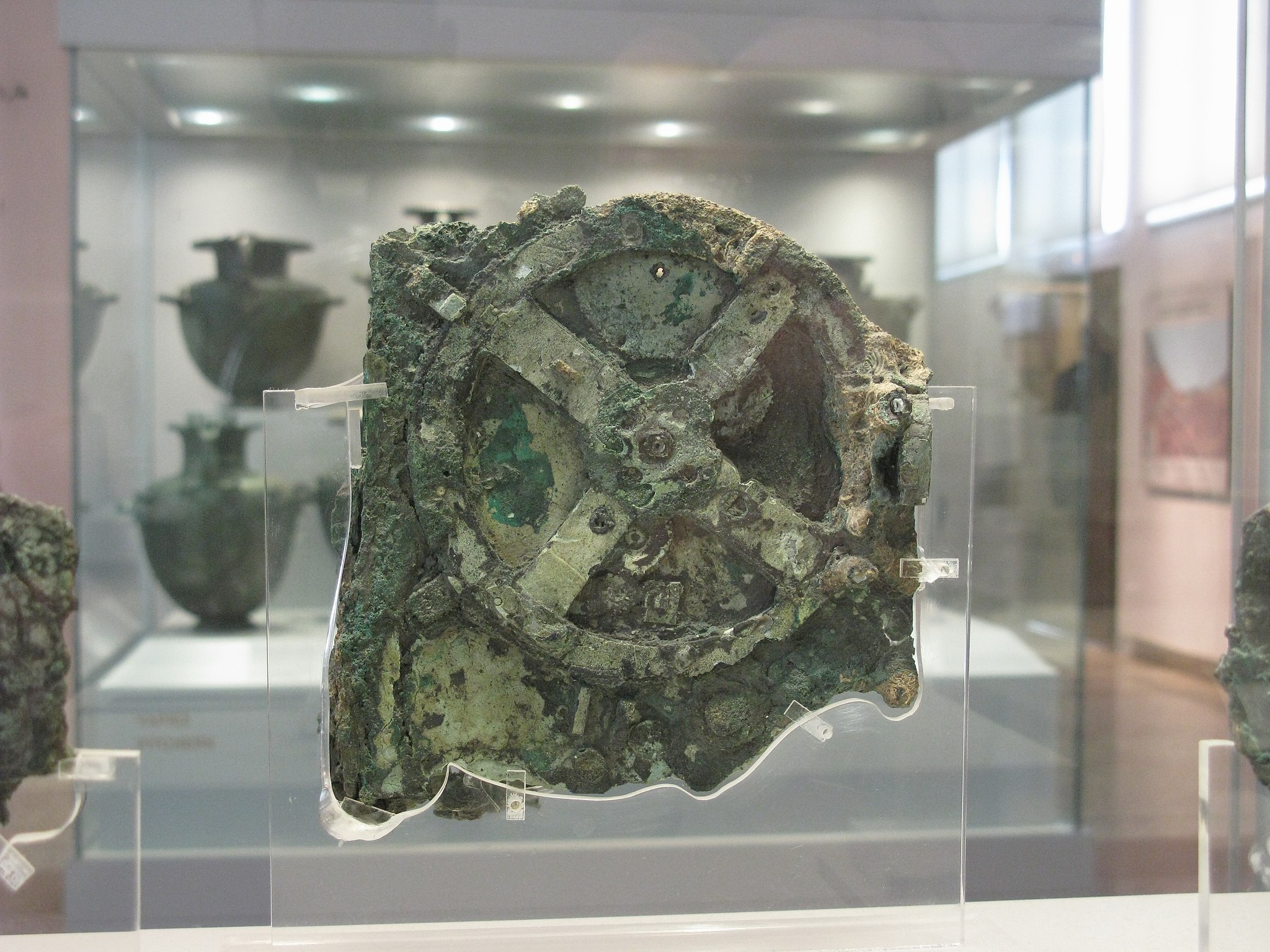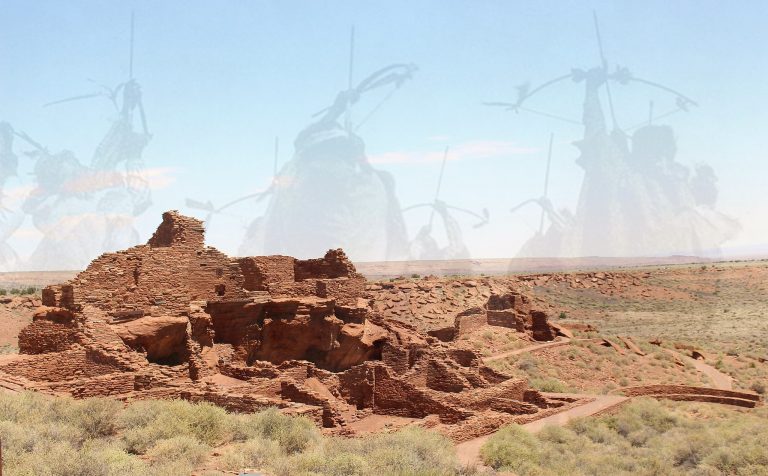Could this planet have harbored lost civilizations similar to our own in the remote past? To truly understand Earth’s history, we must first answer the centuries-old enigma of prehistoric cultures. This fascinating subject is addressed in “The Silurian Hypothesis,” new research co-authored by NASA scientists Gavin A. Schmidt and Adam Frank.
People who watched the science fiction series, Dr. Who, will know about the Silurians – lizard-like creatures that developed industrial competence some 450 million years ago, long before humans first appeared on the planet.
The Silurians are, of course, not real; but that’s not to say that the idea of advanced prehistoric life is not possible. In fact it raises a lot of interesting questions; not the least of these is this: if an industrial civilization had been around in the past, what would it have left behind?
The hunt for advanced prehistoric civilizations
The Silurian Hypothesis questions whether it would be possible to detect industrialized cultural things like cities, factories, and roads in the geological record. In other words, how do we know ours is the only technologically advanced civilization to have existed on earth?
The answer is inconclusive because when searching for advanced civilizations, one must consider the universe’s estimated age of 13.8 billion years. Moreover, complex life is only believed to have existed on Earth for 400 million years, and our industrial civilization has only been in existence for 300 years.
Success
You are now signed up for our newsletter
Success
Check your email to complete sign up
Other intelligent species may have existed long before humans, and not just around other stars, but also on Earth.
“Now, I don’t believe an industrial civilization existed on Earth before our own — I don’t think there was a dinosaur civilization or a giant tree sloth civilization,” Frank said. “But the question of what one would look like if it did [exist] is important. How do you know there hasn’t been one?”

The experts state that it may be difficult to uncover the remains of those who inhabited prehistoric industrial civilizations.
If industrialized civilizations existed in the distant past, there may not be easily recognizable traces of it. Early human artifacts are extremely rare. For instance, they noted that urban areas currently take up less than 1 percent of Earth’s surface, and those complex items, even from early human technology, are very rarely found.
The ancient Greek Antikythera mechanism, known as the first “computer,” dating from the first or second century B.C., was undiscovered until the Renaissance. Going back further than the Quaternary, 2.6 million years ago, everything has been turned over and crushed to dust. Moreover, the scientists posited, the longer-lived a civilization is the fewer traces it might leave behind.

The researchers suggest looking for subtle evidence of industrial civilizations in the geological records of Earth or other planets and focusing on looking at the signs of civilization that humans might create during the Anthropocene, which was the geological age characterized by human influence on the planet.
“After a few million years, any physical reminder of your civilization may be gone, so you have to look for sedimentary anomalies, things like different chemical balances that just look wacky,” Frank said.
‘No free lunch’
By asking if we could “see” truly ancient industrial civilizations, the scientists were obliged to question the generic kinds of impacts any civilization might have on a planet.
“Civilization building means harvesting energy from the planet to do work…Once the civilization reaches truly planetary scales, there has to be some feedback on the coupled planetary systems that gave it birth (air, water, rock) …There is, in other words, ‘no free lunch.’ While some energy sources will have a lower impact—say solar vs. fossil fuels—you can’t power a global civilization without some degree of impact on the planet.” Frank said.
Frank and Schmidt further suggest focusing on the chemical traces leftover from a sophisticated civilization. For instance, uncommonly large accumulations of elements such as nitrogen might be indications of the use of fertilizer. The shifts in carbon that result from the combustion of fossil fuels would be another chemical signal to look for. Moreover, various industrial activities contribute to soil erosion, which would, in turn alter ocean sediment.
Geological Records
Schmidt and Franks suggest that the geological record should provide witness to the existence of advanced civilizations. Mining would leave detectably large amounts of discarded metals in the oceans, and certain metals (plutonium-244 and curium-247) could leave a nuclear signature from a civilization-ending battle.
One must also consider that the fossil record is being altered by humans, and the stuff we make leaves its mark as well. Humanity has polluted the environment with synthetic chlorine chemicals and plastics. It’s unclear how long these substances or their derivatives will be detectable.

In the geological record, there have been many events of how humans impacted the environment. A huge spike in carbon and oxygen isotope levels occurred 56 million years ago. This event is called the Thermal Maximum of the Paleocene-Eocene. Moreover, for around 200,000 years, the Earth’s temperature rose by between 5 and 7 degrees. Could this have been caused by the actions of a previous civilization?
In their paper, Schmidt and Frank said, “There are undoubted similarities between previous abrupt events in the geological record and the likely Anthropocene signature in the geological record to come.”
These events, of course, don’t show that there was an earlier industrial civilization.
“The Silurian hypothesis cannot be regarded as likely merely because no other valid idea presents itself,” they said. There are still a lot of questions that need to be answered. “Are there other classes of compounds that will leave unique traces in the sediment geochemistry on multi-million-year timescales?” the paper posits.
“We recommend further synthesis and study on the persistence of uniquely industrial byproducts in ocean sediment environments,”
The paper takes a lighthearted angle and approaches the idea of how we think about humanity and our place in the bigger picture.
Our industrial civilization may be the only one out there, but it’s far more interesting to imagine that we may be one of many, if not millions, throughout the universe.















